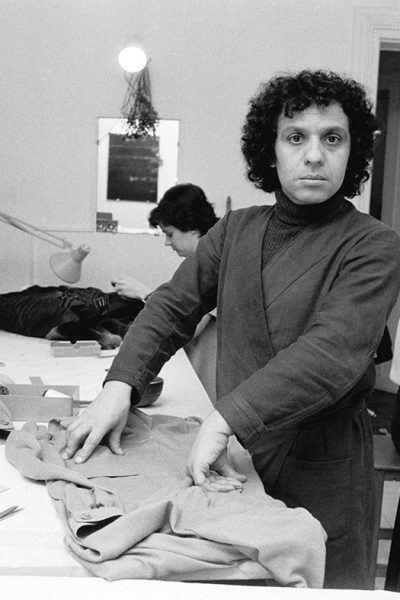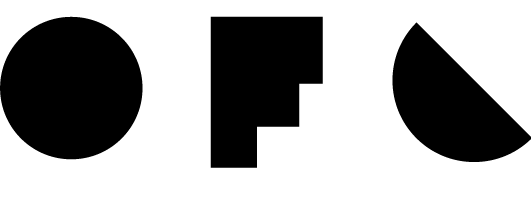Azzedine Alaïa, often dubbed the “sculptor of fashion”, has left his mark on the world of haute couture with his timeless creations, showcasing the female body like no other. His mastery of the garment, his precision craftsmanship and his unique approach to couture have made his dresses works of art in their own right. Each Alaïa dress is much more than a simple garment; it’s a technical feat and a demonstration of attention to the smallest detail. But what are the secrets…
The Birth of a Talent and the Art of Sculptural Couture
Before delving into the details of fabrication, it’s essential to understand the influence of Alaïa’s training on his style. Born in Tunisia, Azzedine studied sculpture at the Beaux-Arts in Tunis. This artistic training enabled him to approach the human body with a sculptor’s eye, seeking to embrace its forms and reveal its natural beauty. When he arrived in Paris in the 1950s, he started out as a tailor at Dior before going solo.


Choice of materials: an obsession with quality
The first step in creating an Alaïa dress begins with fabric selection. For Azzedine, the choice of materials is crucial, as they define how the garment will interact with the body. He chooses thick fabrics like jersey, stretch leather and velvet, known for their ability to sculpt and hold shape. These materials are selected not only for their texture, but also for their durability. Alaïa wanted each dress to stand the test of time.
The Drapé Technique: Between Movement and Structure


The Invisible Seam Game: The "Invisible Stitch" Technique
Another Alaïa signature is the use of the “invisible stitch”. Unlike other couturiers who seek to highlight seams as elements of style, Alaïa sought to conceal them. The “invisible stitch” involves sewing two pieces of fabric together so that the seam is not visible from the outside. This gives the dresses a homogeneous appearance, as if they were molded from a single piece. This technique is particularly difficult to master…
Building the Silhouette: The Alaïa Belt
A recurring element in Alaïa’s designs is the use of the belt to accentuate the waist. Alaïa firmly believed that the waist is the focal point of the feminine silhouette. He used wide leather belts, often adorned with perforations or metal details, to emphasize and structure the silhouette. These belts, which have become a signature accessory of the house, are often integrated directly into the design of the dress.
Laser Cutting Technique and Lace Details
Alaïa has also popularized the use of laser cutting to create intricate patterns on his dresses. This technique creates highly precise perforated patterns, almost reminiscent of goldsmith’s work. These cuts are often made on fine leather or technical fabrics, adding a touch of modernity to classic silhouettes. These details, though seemingly decorative, play an essential role in the overall design of the dress.
The Art of Molding: The Perfect Silhouette
Molding is a slow and demanding process, but it gives Alaïa dresses that “second-skin” effect that makes them so iconic. Alaïa himself was known to spend entire nights in his workshop, adjusting every fold and curve until the dress was perfectly sculpted. This artisanal approach is what sets Alaïa apart from many other luxury brands, which often favor faster manufacturing techniques.
A Haute Couture Workshop: The Heart of the Alaïa House
The success of Alaïa dresses lies in the teamwork within the atelier. Unlike many designers, Alaïa was deeply involved in every step of the dressmaking process. He worked hand-in-hand with his seamstresses, sharing ideas and fine-tuning every detail. The atelier, located in the Marais district of Paris, is an almost sacred place, where each dress is created by hand.
Conclusion: Alaïa, The Craftsman of Perfection
Alaïa dresses are much more than garments; they are masterpieces of craftsmanship, embodying the perfect marriage of tradition and innovation. Azzedine Alaïa, with his passion for couture, his respect for the female body and his attention to detail, has elevated fashion to an art form. Each dress is the fruit of a long and demanding process, combining classic techniques with modern technologies, while remaining true to a timeless vision of beauty.


